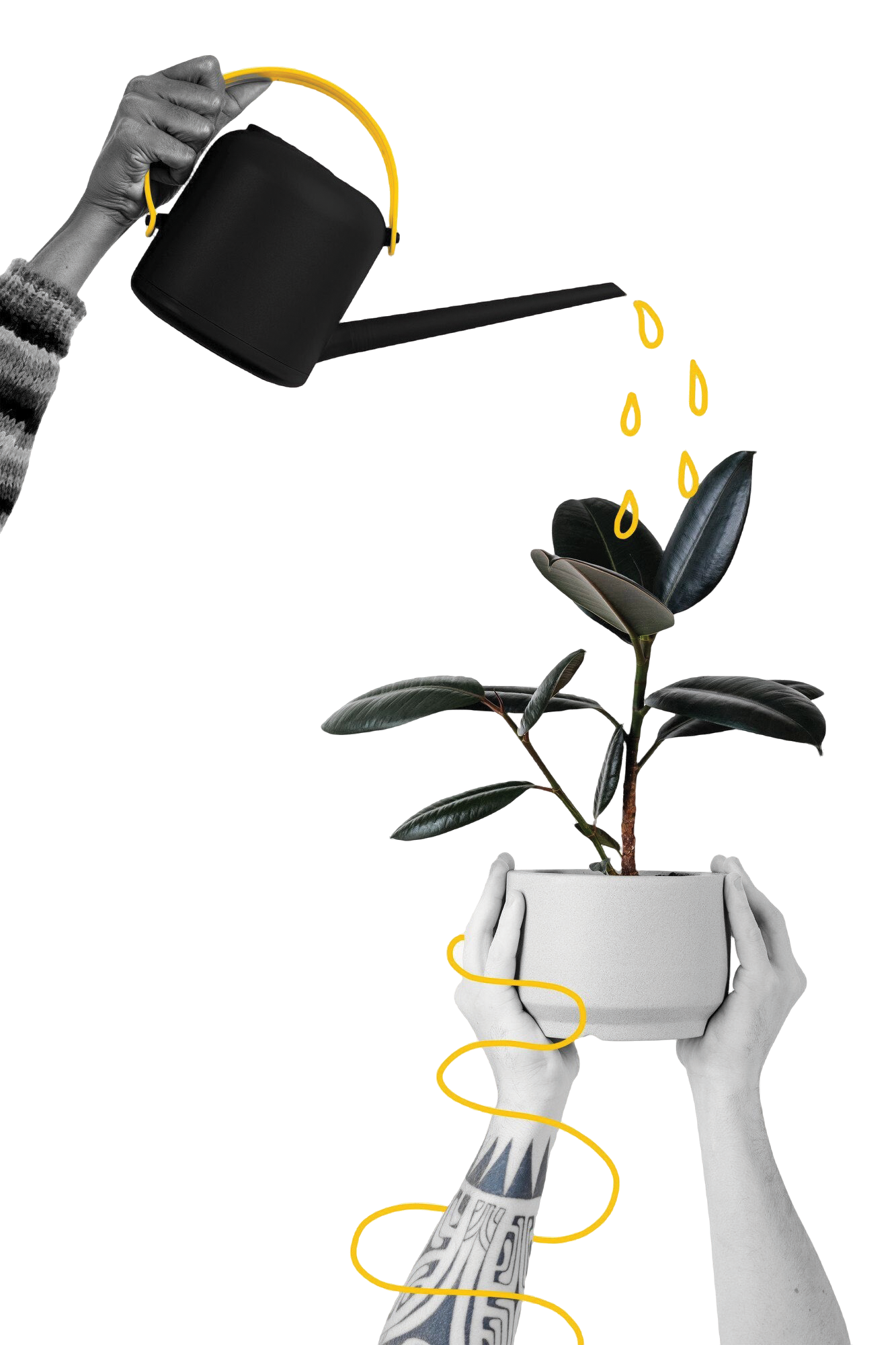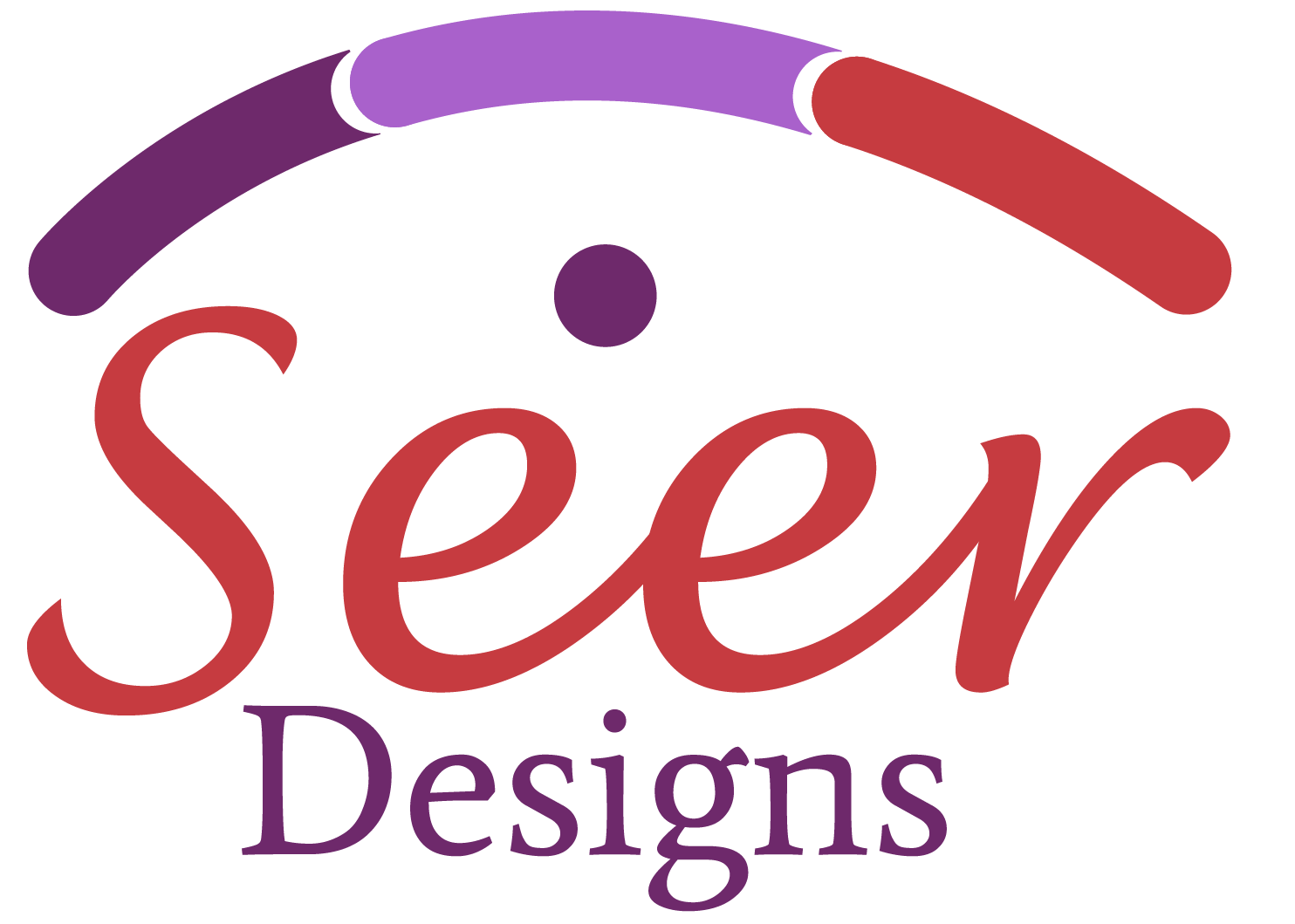From blog posts and music to images and videos, AI-generated content is taking over the digital world. Tools like ChatGPT, Midjourney, Sora, and others have made it possible to create professional-level content in minutes. But as this technology advances, one big question keeps popping up: is AI-generated content helping us unlock new creative heights — or is it silently eroding our industries and imagination?
In this blog, we’ll explore both sides of the conversation: the opportunities and threats of AI-generated content, with a special focus on how this is affecting Africa and the global creative economy.
What Is AI-Generated Content?
AI-generated content refers to any material — text, images, videos, code, music — that’s created with the help of artificial intelligence. These tools use machine learning and massive data sets to mimic human creativity and produce results that often feel “real.”
Popular tools in 2025 include:
- ChatGPT (OpenAI) – Text, conversations, ideas
- Midjourney & DALL·E – Image generation
- Sora (OpenAI) – AI-generated video
- ElevenLabs – AI-generated voice and narration
What used to take a team of specialists can now be done in minutes by a single person using the right prompt.
The Opportunities
1. Speed & Efficiency
Writers, marketers, and designers can now generate content faster than ever. A blog post that used to take hours now takes minutes with the right AI tool.
2. Accessibility
You no longer need to be a professional graphic designer to make a stunning logo. Anyone with an idea and internet access can create content — democratizing creativity.
3. Cost-Effective for Small Businesses
Startups and small brands can save money by using AI to create social media posts, product descriptions, and even marketing videos without hiring full-time creatives.
4. Localization & Personalization
AI can generate content tailored to different languages, cultures, or even individual users — making communication more inclusive and targeted.
The Threats
1. Job Displacement
Writers, illustrators, editors, and even voice actors are seeing their roles reduced or replaced in some cases. The creative economy is being disrupted.
2. Plagiarism & Ethical Concerns
Many AI tools are trained on existing content — raising questions about originality and ownership. Who really owns AI-generated content?
3. Quality Control
AI doesn’t always get things right. It can spread misinformation, lack context, or generate biased or inappropriate results without human oversight.
4. Creative Decay
With machines doing the “thinking,” there’s concern that humans may lose the habit of original thought. Will we become too dependent on the machine to create for us?
How It Affects Africa
In Africa, AI-generated content is both a breakthrough and a challenge.
Opportunities: Many creatives and entrepreneurs are embracing AI to overcome resource gaps. You’ll find AI being used in Nigerian music production, Kenyan digital marketing, and even South African film.
Challenges: Not everyone has reliable access to high-speed internet or AI infrastructure. There’s also a lack of local regulation around ethics, data, and copyright in AI-generated work.
The Way Forward: Africa needs inclusive AI education, policies that protect creatives, and local investment in tech innovation to truly benefit from this wave.
Finding a Balance
The best approach may not be “AI vs humans” — but rather “AI + humans.” Many creatives use AI as a co-pilot: a tool to speed up drafts, brainstorm ideas, or visualize concepts — while keeping human judgment and originality at the core.
As AI becomes more embedded in how we work and create, digital literacy — and AI literacy — will become essential life skills.

Conclusion
AI-generated content is not just a trend — it’s the new normal. And like any powerful tool, it comes with both potential and pitfalls.
Is it a threat? Yes, if we use it without responsibility.
Is it an opportunity? Absolutely — if we use it wisely.
The future of content will depend on how well we blend technology with humanity. The pen is still in our hands — whether it’s digital or analog.
